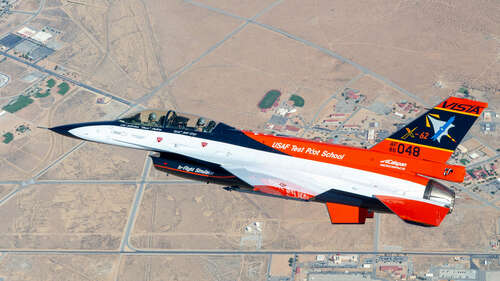
In such a volatile environment, it’s no wonder that countries are fighting to set up internal norms, functional roles, and infrastructure to make the most out of the advantages of unmanned combat. In many ways, this push towards AI-powered unmanned combat in fighter jets also means evolving strategies for securing autonomous systems, as well as learning to defend against them as well. The growing dependence on artificial intelligence poses new risks for military units, especially when mitigating ongoing and prospective cybersecurity threats.
Among the shortfalls of the U.S. Air Force Weapon Systems, the Rand Corporation shares in its research brief that control and accountability for military system cybersecurity is often spread over several organizations. Because of this, it cites that it can direct to challenges in decision-making and accountability. However, due to the unpredictability of cybersecurity as a whole, it’s critical to grasp that the United States isn’t the only country that has this problem.
Additionally, it’s important to grasp that although algorithms can streamline decision-making processes, they also lack the human element of flexibility. In some cases, split-second decision-making based on instinct is an important aspect of the preservation of life.
Because of the transnational nature of artificial intelligence, understanding its challenges as well as opportunities is essential to drafting regulation, before its capabilities become out of hand. In tandem with other emerging technologies, such as biotechnology, robotics, and quantum computing, we’ve barely scratched the surface of military applications in AI, including its consequences.

